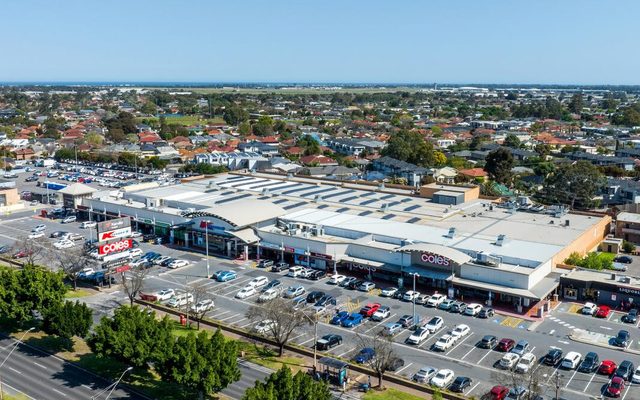This article is from the Australian Property Journal archive
PANIC buying, an increase in home cooking and the shutdown of hotels and pubs propelled Coles to strong sales growth, as the major supermarket increases investment in distribution centres to cater for its surging online business.
Full year sales revenue increased by 6.9% to $37.408 billion, and group EBIT increased for the first time in four years, up 4.7% to $1.762 billion.
Earnings per share lifted 7.1%. Shareholder returns for the year were 31.7%. Final dividend was 57.5 cps.
Sales in the supermarkets segment lifted 6.8% to $33 billion and comparable sales by 5.9%. That was helped along by panic buying of toilet paper, pasta and other essential products in March as the country neared its first lockdown phase, boosting retail sales to their biggest-ever monthly increase. Home cooking products such as meat and poultry benefitted, partially offset by declines in impulse, food-to-go and prepared salads. Customers made fewer trips and basket sizes increased significantly.
“We have been presented with a number of unforeseen challenges including drought, devastating bushfires, and of course the ongoing COVID-19 global pandemic,” Coles Group chief executive officer, Steven Cain said.
“This has provided the greatest test of our lifetime and we are experiencing things we never thought we would see in a supermarket, or for that matter Australia.”
Coles noted a change in the pattern of shopping, with customers migrating to convenient neighbourhood stores at the expense of CBD, shopping centres, or resort stores.
Coles plans to refurbish 65 stores and to open in the range of 15 to 20 new stores during FY21, including five stores that were delayed in FY20 due to COVID-19.
Full year liquor sales revenue increased 8.0% as hotels, pubs and clubs remained shut or operated with restrictions, and Coles Express by 5.6%.
Supermarkets comparable sales growth lifted by 7.1% in the June quarter. Liquor comparable sales jumped 20.2% in the same period.
Gross operating capital expenditure is expected to be about $1 billion, up from $833 million, and includes increased investment at its Witron ambient automated distribution centres. In May, Coles signed long-term pre-lease commitments with Charter Hall for two new facilities in Sydney and Melbourne of 30,000 sqm each that will be used as high-tech customer fulfilment centres for its surging online business, and are scheduled to be completed in 2022.
It also reset leases at Charter Hall owned distribution centres in Adelaide and Perth.
Coles Online sales revenue grew by 18.1% for the year after services were temporarily disrupted in March and April during the COVID-19 pandemic. Invested focused on expanding capacity in home delivery, largely through extended pick times, and the recruitment of additional drivers. Online sales are up by about 60% in the first six weeks of the current financial year, driven by Victoria, and following a significant capacity increase in the second half.
The June quarter brought continuing higher COVID-19 related operating costs of approximately $170 million, including a one off payment to team members in our stores and distribution centres, extra safety cleaning costs, greeters in the stores, and additional team member discounts. Incremental costs also included operating pop-up distribution centres to cover demand, and costs incurred following positive COVID-19 cases in the Laverton distribution centre in the last week of the financial year.
Coles retains its target of cutting $1 billion from costs to be achieved between FY20 and FY23, and will continue to focus on cost cutting opportunities, albeit timing will be dictated partly by COVID-19.
Corporate costs are expected increase slightly driven by increases in insurance costs, while net earnings from property operations are expected to be more modest than FY20 and weighted toward the first half due to lower anticipated disposal activity. The company has been steadily divesting its own supermarket and shopping centre assets.




